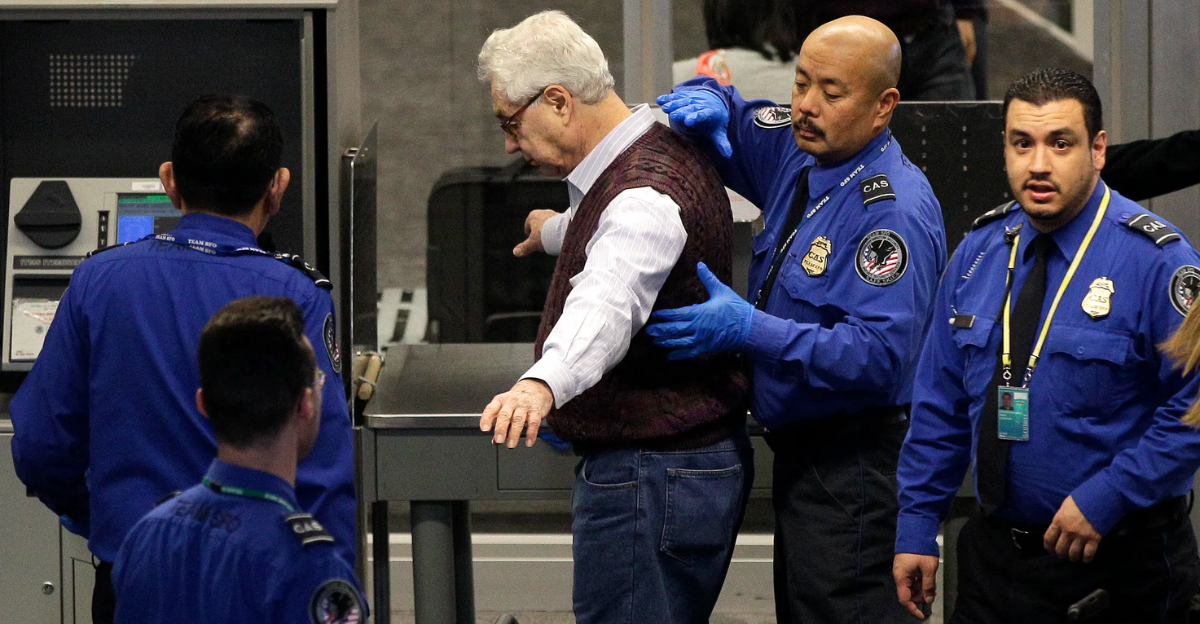
The Transportation Security Administration has many rules that have been adopted over the decades, which can be the bane of many airline passengers. After 9/11 and other incidents, many strict rules were imposed, but after twenty years, the TSA is rolling back one of the most unpopular ones.
The TSA aims to trim the fat and become more relevant and modernized, while outdated rules are being rolled back. This should make air travel more efficient for everyone, while maintaining tight security where it is needed.
All About Shoes
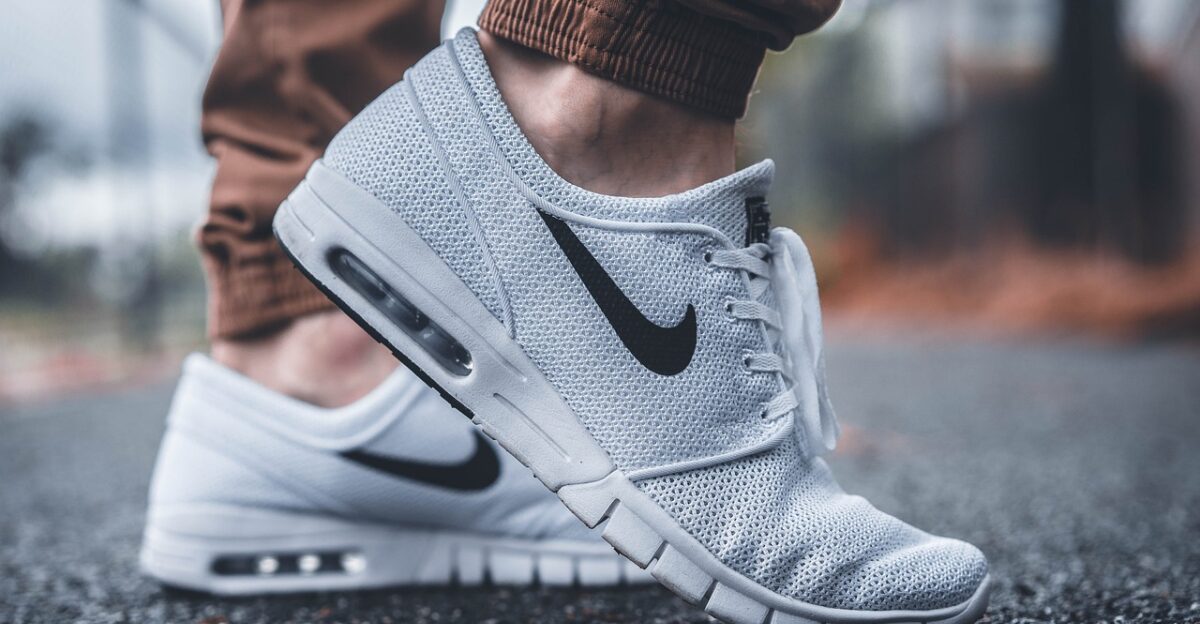
For nineteen years, the TSA has had a strict rule regarding passengers and their shoes. After an incident in 2001, TSA made a new rule in which people had to remove their shoes at security checkpoints. This led to much frustration and longer lines for the last nineteen years.
According to Reuters, the TSA is finally lifting this restriction, which should be rolled back this month. This means that people can walk through the checkpoints without having to worry about their shoes, making the entire process much faster.
Why The Rule Was Put Into Place
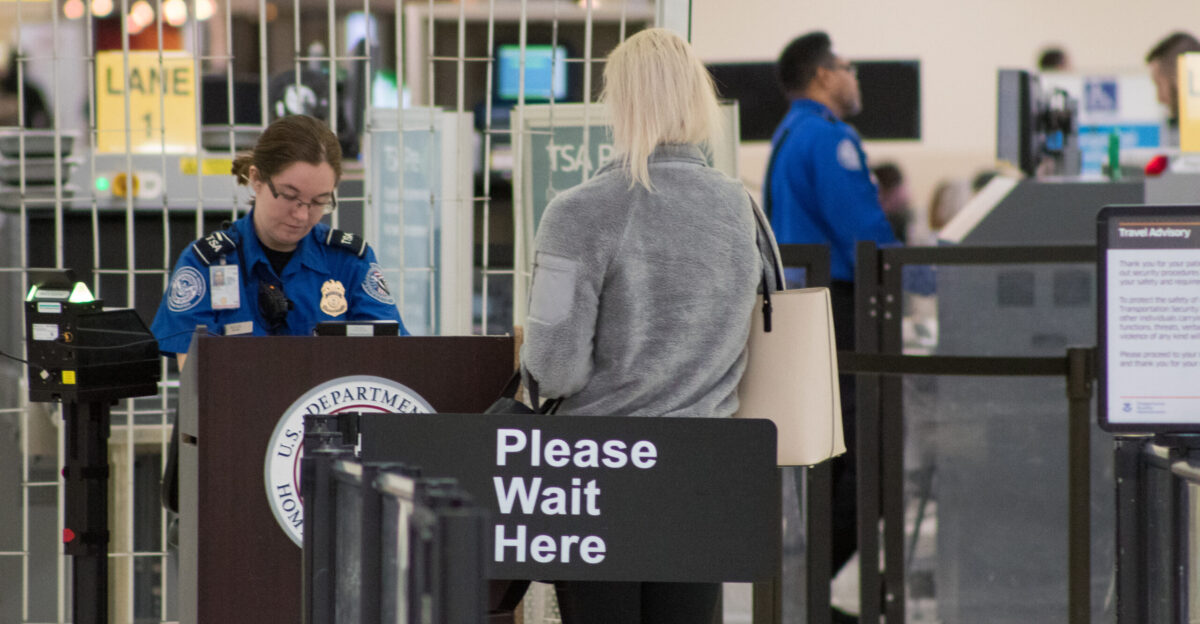
To many, the idea of having to take off your shoes at a TSA checkpoint seems absurd, and in many cases it would be. The rule became mandatory in 2006 after a man named Richard Reid hid an explosive device inside his shoes on a flight from Paris to Miami in 2001, according to reports from the FBI.
TSA was scared of this incident repeating itself, and five years later, the rule was put into place. However, many saw it as a pedantic measure.
An Inconvenience to Passengers
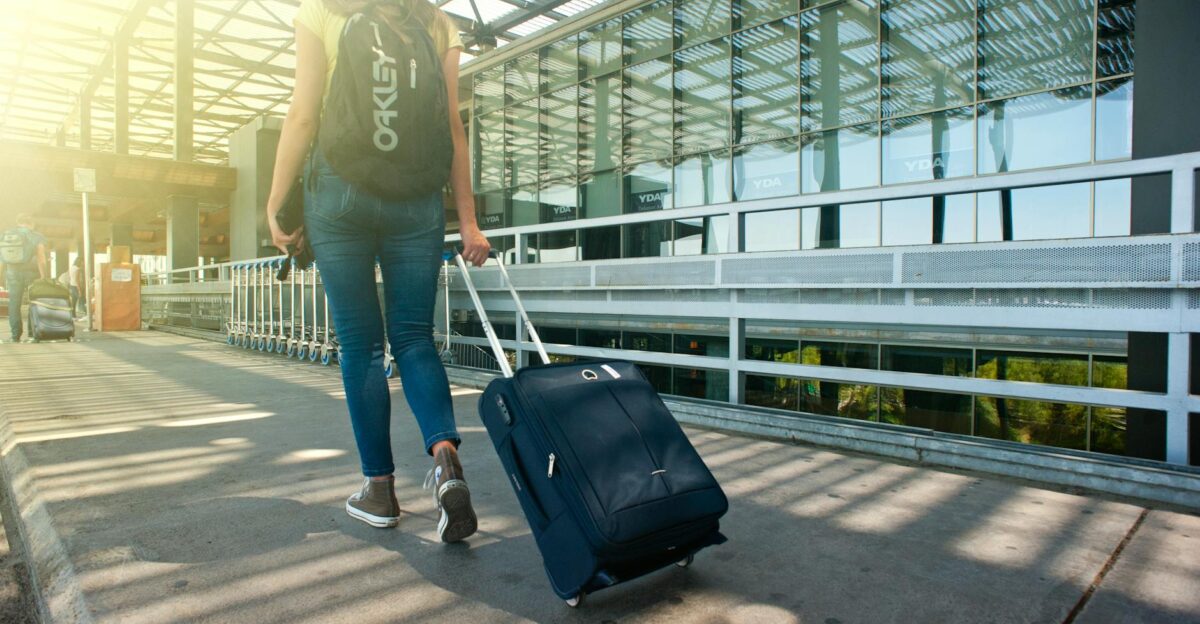
Travelers who frequent airports loathe many of the rules imposed that slow down the process and hold up many. The “shoes-off” rule can be especially hard for disabled and elderly passengers.
According to a 2024 study published by Bounce Luggage Storage, the expected wait times at TSA checkpoints were under 27 minutes. With the abolishment of this rule, these times should be significantly reduced.
How The Rule Is Changing
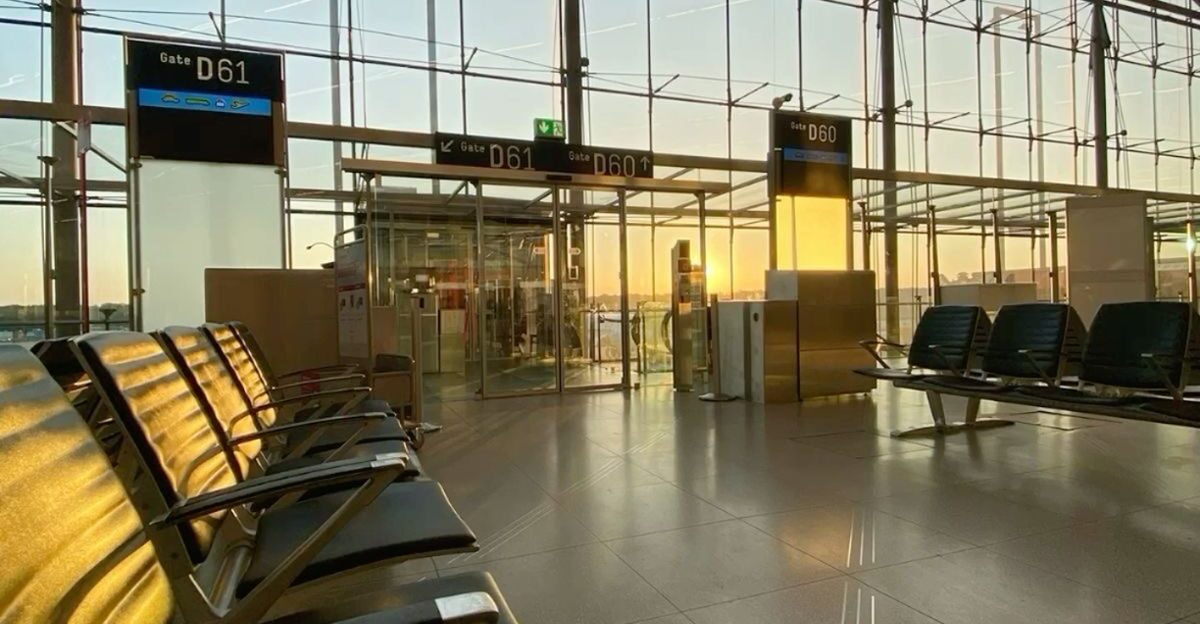
The rule is part of a broader security measure where many items need to be removed when moving through checkpoints. While passengers shouldn’t have to take their shoes off anymore, other restrictions still apply.
Accessories like belts and coats must still be removed, as must some electronic devices. Security cannot afford to be negligent with this change, so all the other usual protocols will still be in place.
Exceptions Still Remain
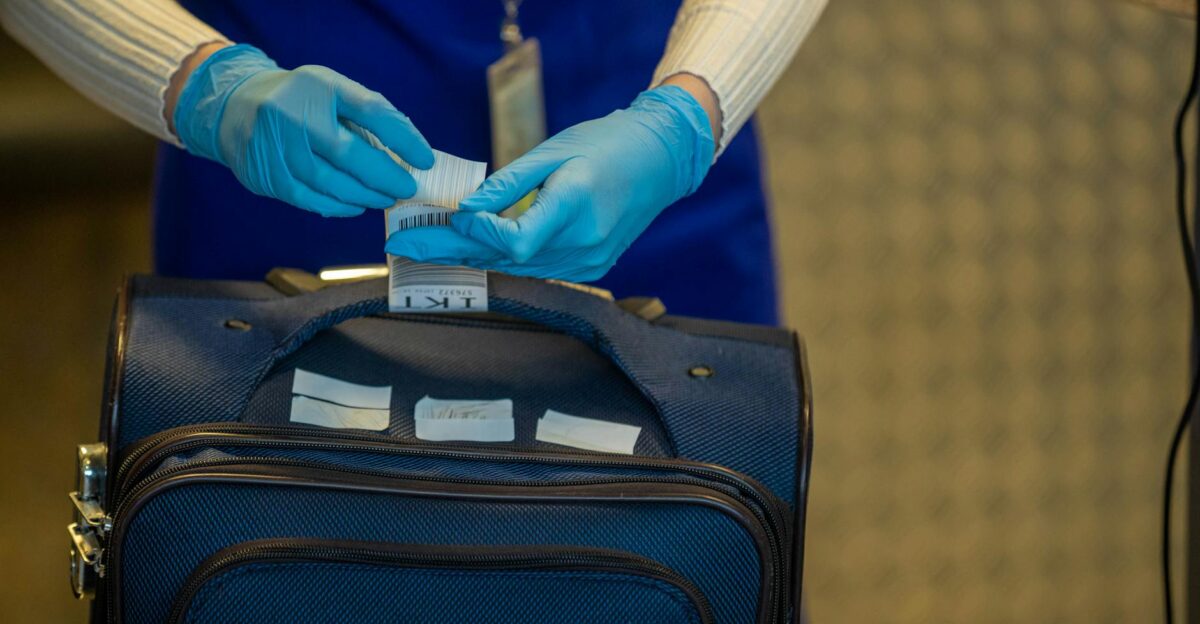
While the “shoe-removal” rule should no longer apply to most passengers, there could still be exceptions. Those with a REAL ID should be fine, but those without one or flagged for additional security precautions might still be asked to remove their shoes.
Before now, only TSA PreCheck Members didn’t have to remove their shoes, but now most people should be able to enjoy this streamlined process.
Why It Changed
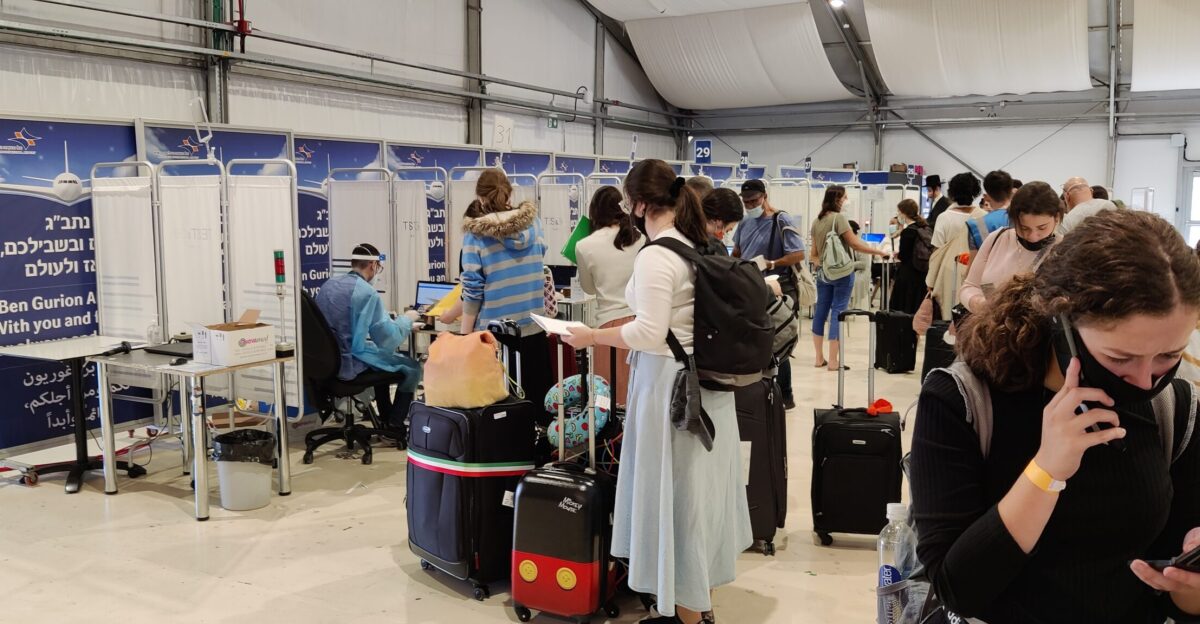
TSA isn’t just waving the rule away due to flyers’ frustrations, but can afford to be a bit more lenient on the shoes after the advancement of their technology.
Advanced scanners are better than ever and can accurately scan shoes while they’re still on a person’s feet. Homeland Security says these advancements mean that passengers can undergo more accurate and streamlined screenings without the need for outdated rules.
Convenience And Security
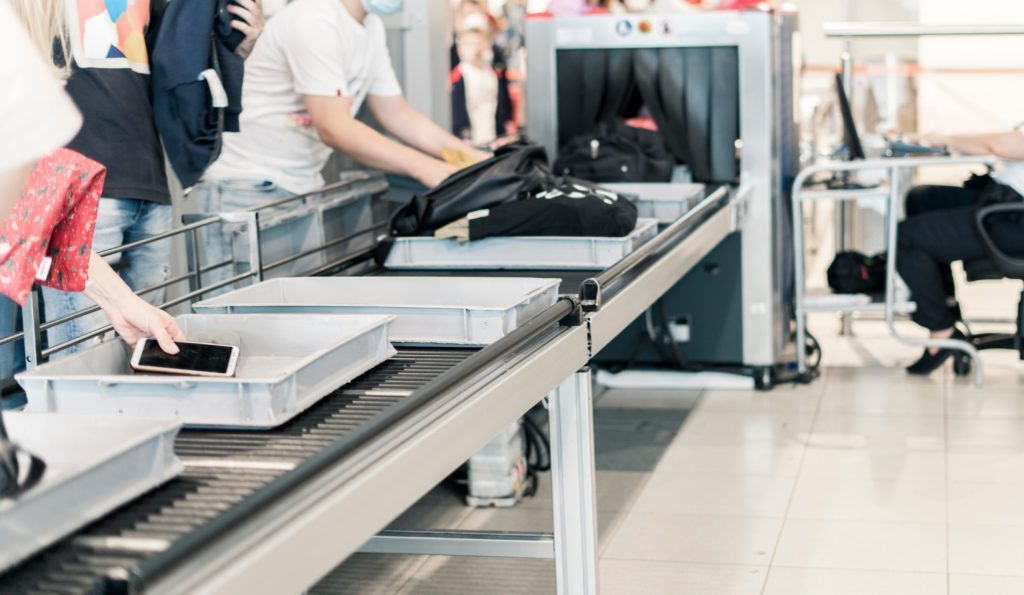
For a long time, many have felt that the TSA imposes many unnecessary rules that often hinder operations while only making the illusion that there’s more security.
However, the TSA’s removal of an outdated rule that inconvenienced many highlights a shift towards more evidence-based security rather than broad policies that everyone must follow regardless of suspicions.
The Future For Travelers
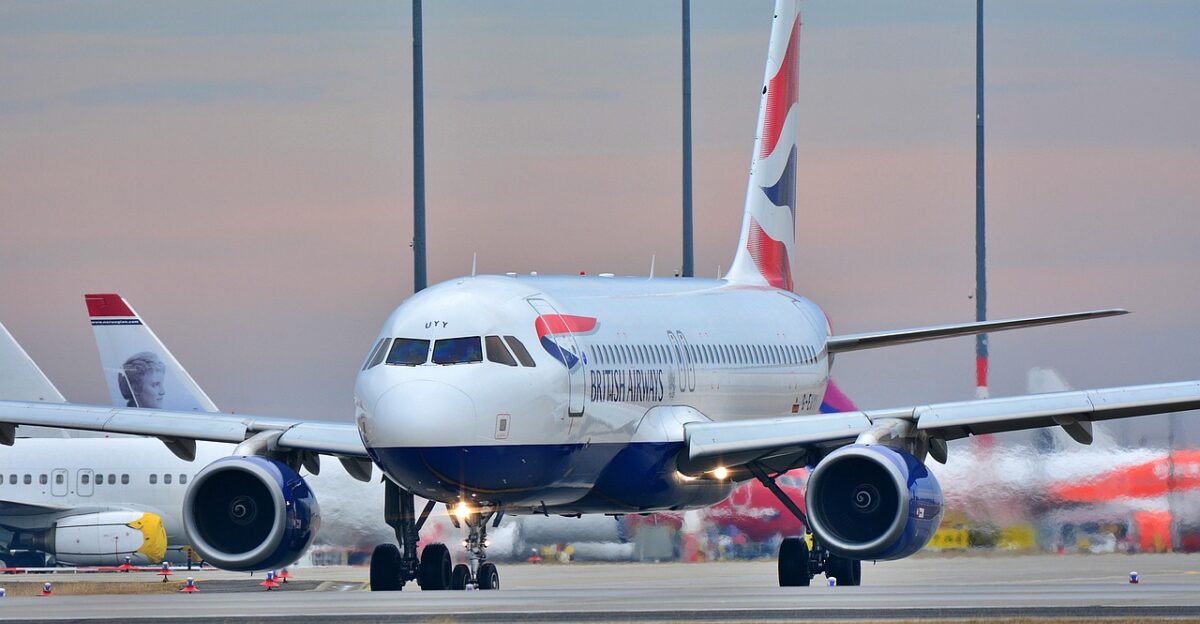
The policy change will be reflected in the coming months as travelers should experience a quicker security check, which could mean fewer lengthy lines.
Passengers should remember that random checks can still occur, and the TSA can make a passenger undergo further security measures if suspicion is raised. For the large majority, this one pain point will be gone.
The Road Ahead
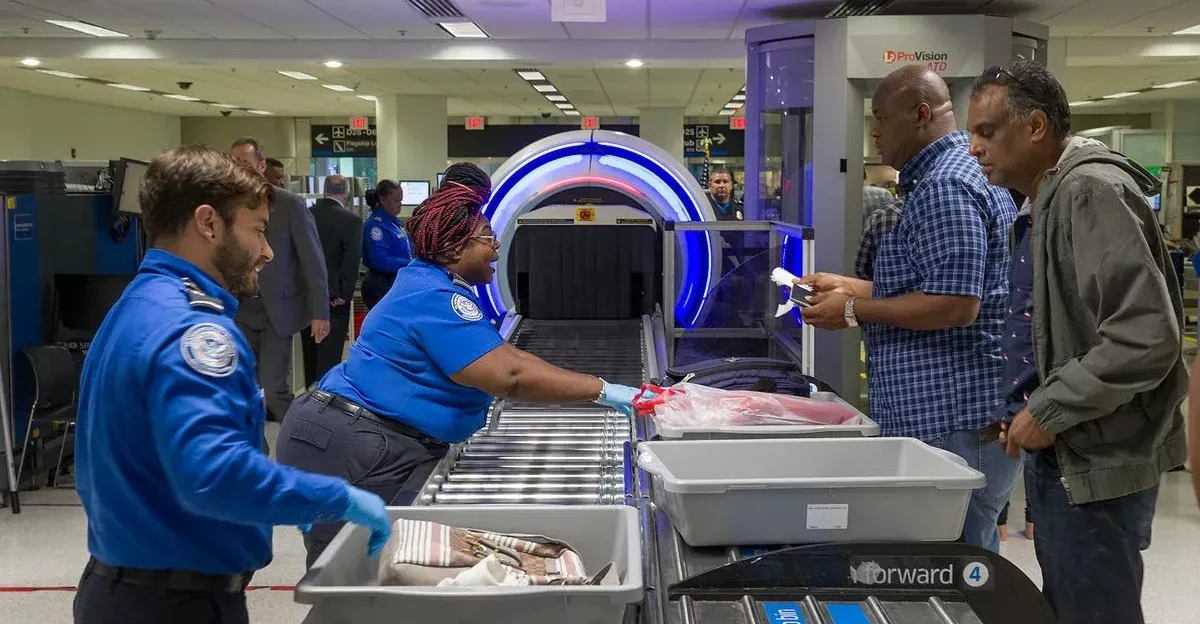
While the “shoes-off” rule is becoming obsolete, this could be the start of the disappearance of other outdated rules.
Homeland Security has hinted at ongoing reviews of other rules that emerged in a post-9/11 world. Security and convenience can be balanced as more technological advancements emerge alongside a willingness to review old policies.